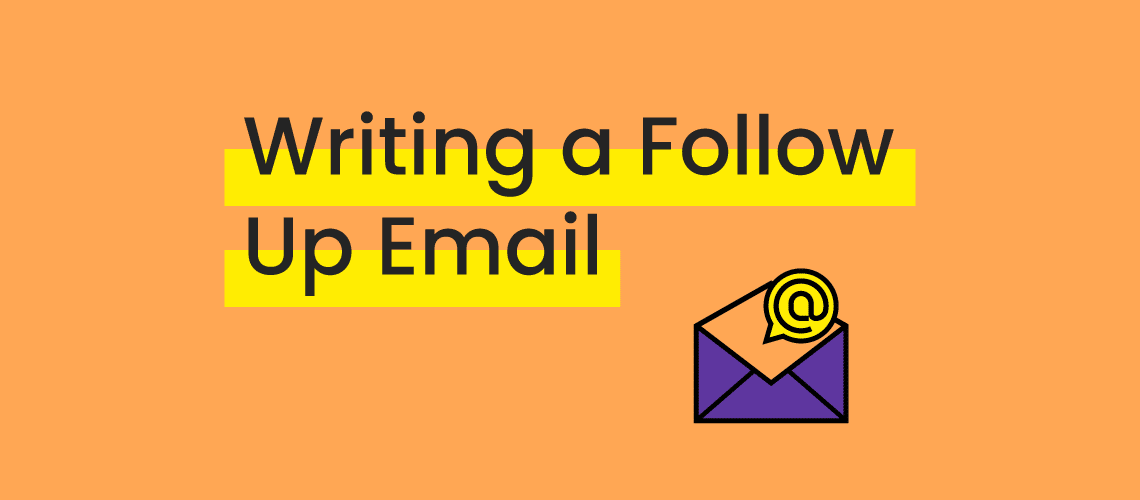
How perception affects communication
Correspondence can be tough to nail if English isn’t your first language, and trying to get a response can be even tougher. Further yet, we’ve all experienced a situation where we need to reach out again in order to hear back from somebody – a “double text”, so to speak.
How do you politely write a follow up email to someone who hasn’t responded?
What’s the best way to convey urgency without being rude?
How do you get someone to respond to your email?
After much trial and error, humans have evolved to communicate using certain social cues, picking them up through perception.
How our message is perceived can greatly affect the response we get, if any at all. Being aggressive or threatening doesn’t usually encourage a positive response, but respect and gratitude does.
Reasons why you’re not getting an email response
Of course, there are other factors to take into account in the event of a lack of response. Your recipient (the person you sent the email to) could have had a valid circumstance, emergency or otherwise, where responding to your email wasn’t a priority.
If you’re not aware of any situations that would prevent your recipient from responding to your email, then how do you follow up with someone politely and avoid making any assumptions?
This is why it’s important to relax any initial judgments about the time it takes for someone to respond to an email, and approach the situation directly but kindly to prevent accusations or damage to the relationship. After all, when communication occurs over email or text, vocal tone and inflection get lost, so it’s important to be respectful when writing a follow up email.
Respect for recipients, customers, and audiences will always be rewarded, and knowing how to write a follow up email that conveys that is key.
Example of how to follow up with someone who hasn’t responded to your email
Marketing emails are a different story, but still contain a level of respect toward their audience. Marketing relies heavily on psychology and data in order to gain leads and retain customers. The parallel between marketing and getting someone to respond to your email is that both are trying to encourage a response.
For example, you sent out an email in order to retrieve an invoice, but haven’t heard back from the recipient since last week. Here’s a sample of a follow up email with a few notes to help you understand why:
Hi Shira,
I hope you’re doing well.
I just wanted to find out if you’ve had a chance to review the invoice I sent you last week. If you could please review, sign, and send it back as soon as possible, that would be greatly appreciated.
I’ll reach out again tomorrow if I don’t hear back from you.
Feel free to give me a call or send me an email if you have any questions.
Thank you,
Roni
There are a few key notes to take away from this example:
Hi Shira,
Start with a simple greeting, depending on the level of familiarity with the recipient. Always address them by name.
I hope you’re doing well.
Acknowledge your recipient’s potential feelings or situations you may be unaware of.>/mark>
I just wanted to find out if you’ve had a chance to review the invoice I sent you last week.
Leave room for the reason as to why they couldn’t get around to responding to the email without accusing them of not doing so, while also indicating the time frame in which it was sent.
If you could please review, sign, and send it back as soon as possible, that would be greatly appreciated.
Offer a clear, direct call to action, with gratitude.
I’ll reach out again tomorrow if I don’t hear back from you.
Explain your next course of action and when, giving them a chance to make a move before then.
Feel free to give me a call or send me an email if you have any questions.
Offer another avenue of contact to increase chances of connection.
Thank you in advance,
Encourages the recipient to feel as though they should earn the gratitude by doing what was requested.
Roni
Overall, the best way to convey your message is to keep it short and straightforward, while being polite and acknowledging the human at the other end.
What to avoid when sending a follow up email
There are a few things to avoid when sending a follow up email:
Accusations
– Why haven’t you responded to my email?
– Didn’t you see the attached file?
– You haven’t gotten back to me yet.
Guilt trips
– I’m waiting to hear from you.
– I couldn’t wait for you to respond so I…
It’s easy to get negatively caught up in the fact that your recipient could respond but hasn’t.
However, approaching the situation with an unprejudiced [i.e. unbiased; impartial; non-assumptive] perspective will help you retain dignity in the event they were dealing with something out of their control, and therefore could not respond in a timely manner.
Tips and examples to help you navigate negativity
As humans, we try to perceive the emotion of the person emailing us, but mainly we tend to fill in the blanks where we aren’t certain. If the roles were reversed and we were to receive a follow up email that we perceived as aggressive, how would we respond?
Let’s say, for example, that you received this email:
Hi Jacob,
I sent you an email last week but haven’t received a reply from you. I really need the updated lesson plan or else I won’t have any material for this Thursday.
It shouldn’t take this long to put it together and send it to me each week.
Thanks,
Alon
It sounds a little spicy, but here’s an example of how respond to an aggressive-sounding email:
Hi Alon,
Apologies for the delayed response.
I had multiple projects due simultaneously last week for the end of the season. Unfortunately, the lesson plan fell on my list of priorities.
I’ll get the lesson plan to you by 16:00 today.
Thank you,
Jacob
There are a few key notes to take away from this email example:
Hi Alon,
Apologies for the delayed response.
If you were genuinely at fault in the scenario, it’s best to own up right away.
I had multiple projects due simultaneously last week for the end of the season. Unfortunately, the lesson plan fell on my list of priorities.
Give context, but avoid over-explaining yourself or making excuses. Summarize your reasons into 1 or 2 lines.
I’ll get the lesson plan to you by 16:00 today.
Relay a plan of action to reassure them that the task will be taken care of.
Thank you,
Keep your sign-off respectful and neutral.
Jacob
Being direct, concise, and polite can clear up any miscommunications. Whether you’re waiting for an email response or need to reply to one, communication doesn’t have to be convoluted.
Learning how to write a simple but effective email can facilitate better connections in the professional world, bringing us one step closer.
*This article is written without the use of chatGPT*








